Formula 1 Driver Salary 2025: What to Expect
Picture by Nick Webb
Introduction
In Formula 1, driver salaries are as high-octane as the sport itself. A driver’s earnings go far beyond the figure printed on a contract. Behind each paycheck lies a multi-layered structure: a base salary, performance-linked bonuses, and lucrative endorsement deals. These elements combine to form what is often one of the most complex compensation packages in global sports.
The 2025 season marks a turning point in the salary landscape. As Formula 1 enters a new era of contracts, rookies are starting to close the pay gap, and veteran deals are hitting historic highs. From headline-grabbing Ferrari switches to cost-cap pressures, the financial world of F1 drivers is undergoing subtle but significant changes. Let’s take a closer look at what defines an F1 driver’s salary in 2025—and who’s cashing in the most.
The Highest-Paid Drivers in 2025
Max Verstappen: $60–65 Million (Base + Bonus)
At the pinnacle of Formula 1’s pay scale sits Max Verstappen. As of 2025, he remains not only the dominant force on track but also in the financial rankings. With an estimated base salary of $55–60 million, Verstappen’s deal with Red Bull Racing includes substantial performance-related bonuses—reportedly adding another $5–10 million annually, depending on wins, pole positions, and championship results.
His long-term contract, rumored to include opt-out clauses in case Red Bull’s performance dips, reflects his strategic leverage. Verstappen’s brand value is equally high off the track, with endorsements from major automotive and lifestyle brands, though exact figures remain closely guarded.
Lewis Hamilton: $55–60 Million at Ferrari
Lewis Hamilton’s move to Ferrari in 2025 triggered a fresh wave of contract speculation—and a significant bump in salary. Reports suggest his Ferrari deal matches, if not slightly exceeds, his final years at Mercedes. With base compensation near $55 million, and potential for bonuses tied to podiums and a potential resurgence in Ferrari’s performance, Hamilton remains a financial heavyweight.
The structure of Hamilton’s contract also reportedly includes image rights and business collaboration clauses, positioning him as more than just a driver—he’s an ambassador for the Ferrari brand during this pivotal era.
Lando Norris: $12 Million Base + ~$23 Million Bonuses
While his base salary may appear modest compared to Verstappen or Hamilton, Lando Norris’s bonus incentives are among the most aggressive on the grid. His performance-based deal with McLaren includes win, points, and podium incentives that have pushed his total earnings north of $35 million in strong seasons.
This performance-heavy model signals McLaren’s long-term confidence in Norris while also managing upfront costs—a balancing act under F1’s evolving financial regulations.
Midfield Earners & Up-and-Coming Stars
While the sport’s elite command headlines, much of the grid operates in a different financial universe—one shaped by modest base salaries, rising incentives, and sponsor-driven deals.
Veteran Contenders: Alonso, Russell, and the $14M Club
Veterans like Fernando Alonso (Aston Martin) and George Russell (Mercedes) anchor the upper-midfield salary range. Both are believed to earn between $12–15 million in base pay, with bonus structures based on team performance. Alonso, even in the twilight of his career, maintains significant brand value, while Russell is poised for a potentially larger contract renewal in 2026.
| Driver | Team | Est. Base Salary (2025) | Bonus Potential |
|---|---|---|---|
| Fernando Alonso | Aston Martin | $14 million | Podiums, points |
| George Russell | Mercedes | $13–14 million | Wins, team results |
Taxes & Take‑Home Pay Around the World
On paper, a Formula 1 driver’s salary can look astronomical. But take-home pay tells a different story—especially when local tax regimes come into play. Where a driver lives (and files taxes) significantly affects their net earnings, sometimes shifting the balance by millions.
Monaco: The Driver’s Tax Haven
Monaco remains the preferred residence for many F1 drivers. The reason is simple—no personal income tax. Drivers like Max Verstappen, Charles Leclerc, and Alex Albon base themselves in the Principality to shield much of their earnings from taxation.
- Income tax rate: 0%
- Other taxes: Minimal corporate/social obligations
- Residency requirement: Must spend a minimum of 183 days/year in Monaco
The combination of luxurious lifestyle, climate, and financial privacy makes Monaco an F1 enclave, offering drivers the most favorable net-to-gross salary ratio.
Italy: High Base, Heavy Tax
Not all drivers enjoy such fiscal ease. Those residing in countries like Italy, where the tax burden is much higher, face substantial reductions in net pay.
- Income tax rate: Up to 43% + regional surcharges
- Notable case: Yuki Tsunoda, residing in Italy due to his Faenza-based team (formerly AlphaTauri), is likely subject to local taxation.
Switzerland & the UK: Middle Ground
- Switzerland offers relatively low federal taxes (often negotiated by canton), making it a favored second option for some.
- The UK, while having progressive income tax rates, is home to several teams, and thus a frequent base for team personnel and junior drivers.
| Country | Top Income Tax Rate | F1 Driver Examples |
|---|---|---|
| Monaco | 0% | Verstappen, Leclerc, Albon |
| Italy | ~43% | Tsunoda |
| Switzerland | ~20–25% | Bottas |
| UK | ~45% | Russell (likely), Norris |
This variation can lead to massive differences between gross salary (what teams pay) and net income (what drivers actually keep). For teams negotiating salaries, these tax implications often influence how contracts are structured—especially in terms of bonuses and personal endorsement payments, which may be handled offshore.
The Cost Cap & Its Impact on Salaries
When the FIA introduced the cost cap in 2021, the goal was to level the financial playing field between teams. But by 2025, its ripple effects have reached driver contracts—indirectly, but unmistakably.
What the Cost Cap Covers (and Doesn’t)
- Covered under the cap: Most team operations, car development, engineering resources.
- Not covered: Driver salaries, top-three personnel (e.g., team principal, CTO), marketing.
This means that while Verstappen or Hamilton’s paychecks aren’t counted toward the cap, the team’s financial flexibility still matters. With fixed budgets for car development, teams are forced to strike a delicate balance: how much to spend on drivers vs. how much to invest in performance.
Strategic Shifts in Salary Philosophy
Midfield teams, in particular, have embraced performance-incentivized contracts. By offering modest base pay and hefty bonuses, they protect themselves from financial overreach while still attracting rising talent.
Additionally:
- Top teams can afford flat, high-value contracts without cap interference.
- Small teams must offer creative incentives, development opportunities, and future growth promises.
The cost cap has also encouraged teams to develop in-house talent—like Mercedes with Antonelli—because rookies provide performance potential at a fraction of the cost of established stars.
Conclusion
Formula 1 driver salaries in 2025 reveal a sport in financial flux—where base pay, bonuses, taxes, and endorsements collide to create intricate compensation ecosystems. At the top, drivers like Verstappen and Hamilton continue to command eye-watering figures, while rookies enter the arena with low base salaries and high hopes.
But it’s the structure behind those numbers—contract clauses, performance incentives, tax strategies—that tell the real story. As we approach 2026, with new regulations on the horizon and several major contracts in play, expect the driver market to grow even more competitive—and more complex.
For fans and insiders alike, the question isn’t just how much drivers make—but how and why they earn it.
FAQ
How much do rookie F1 drivers earn?
In 2025, rookie drivers typically earn between $100,000 and $2 million, depending on their background, team, and sponsorship support.
Do drivers earn bonuses for wins?
Yes. Bonuses can range from $250,000 to $500,000 per win, with additional incentives for podiums, points finishes, and championship results.
How do taxes affect take-home pay?
Significantly. Drivers living in tax havens like Monaco keep more of their earnings, while others (e.g., in Italy or the UK) lose up to 40–45% to income tax.
Are endorsement incomes public?
Not usually. While some deals are known (e.g., Hamilton with Tommy Hilfiger), the financial details of endorsements are rarely disclosed in full.

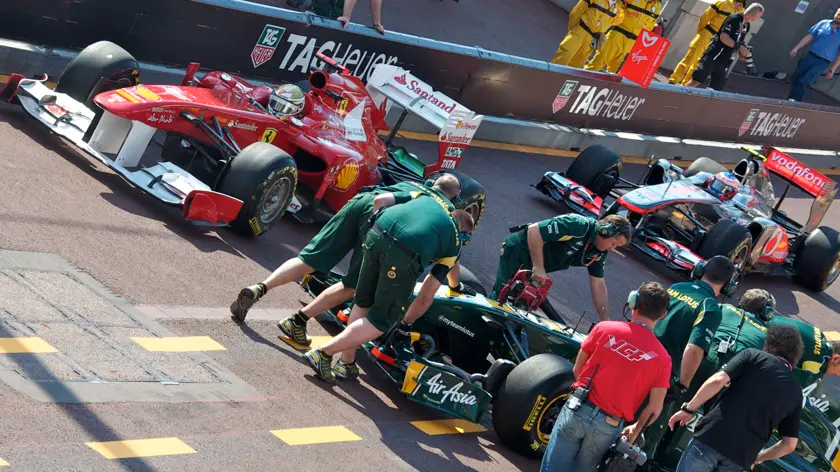
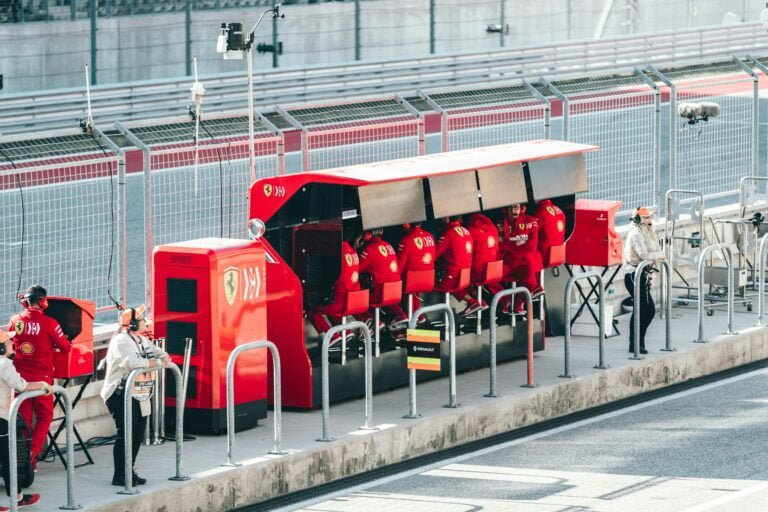
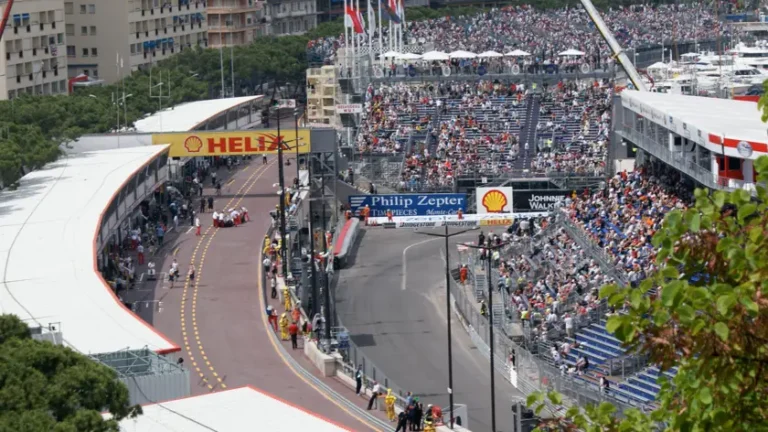

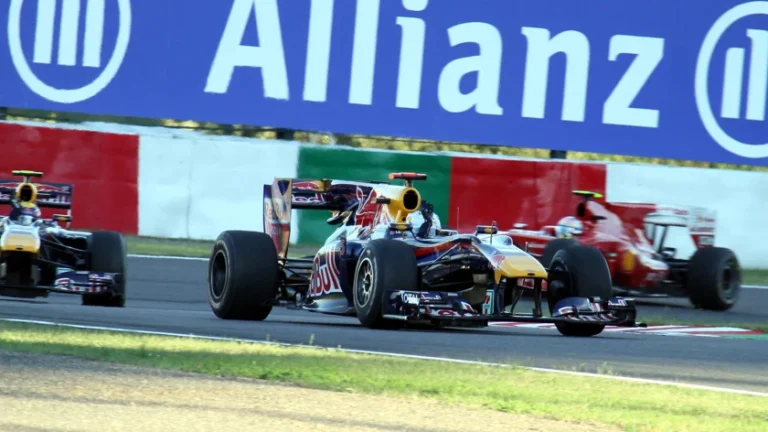
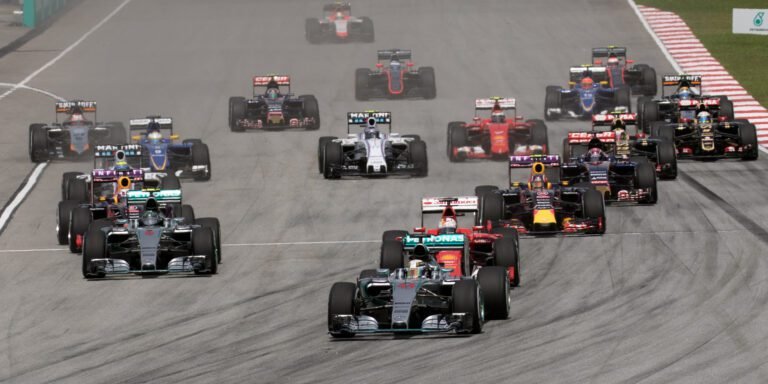

One Comment
Comments are closed.